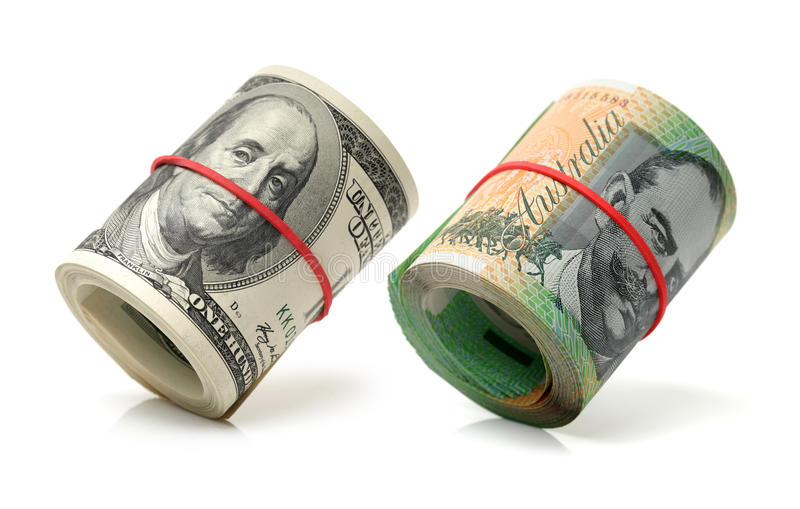Australian dollar gained ground due to positive Chinese PMI data.
The Australian Dollar (AUD) retraced its recent losses on Monday, probably boosted by good Chinese Purchasing Managers Index (PMI) data. Furthermore, the US Dollar (USD) saw downward pressure as US Treasury yields fell, providing support for the AUDUSD pair. Trading activity is expected to be low due to Easter Monday.
RBA Meeting Minutes are expected to be released on Tuesday.
The Australian Dollar faced hurdles on reduced consumer inflation estimates, potentially reflecting expectations for interest. The Reserve Bank of Australia (RBA) plans to decrease interest rates in late 2024. Investors are expected to keenly scrutinize the release of the RBA Meeting Minutes on Tuesday.
The US dollar faces hurdles following Fed Chair Powell’s dovish statements.
The US Dollar Index (DXY) fell following dovish remarks from Federal Reserve Chairman Jerome Powell on Friday. He added that recent US inflation data fit with the desired trajectory, supporting the Federal Reserve’s stance on interest rate decreases this year. The Personal Consumption Expenditures Price Index (PCE) statistics from the United States (US) met expectations in February.
Daily Market Movers: Australian Dollar Rises on Positive Chinese PMI Figures.
The Australian Dollar (AUD) retraced its recent losses on Monday, probably boosted by good Chinese Purchasing Managers Index (PMI) data.
In March, Australia’s consumer inflation expectations were 4.3%, a little reduction from the previous month’s 4.5% increase.
On Sunday, China’s National Bureau Statistics (NBS) said that the monthly NBS Manufacturing PMI increased to 50.8 in March from 49.1 the previous month. Furthermore, the NBS Non-Manufacturing PMI rose to 53.0 in March from 51.4 in February.
On Thursday, San Francisco Federal Reserve (Fed) President Mary C. Daly highlighted that, while the Fed is prepared to lower interest rates when data supports it, there is no need for haste because the US economy remains strong and has no chance of faltering.
Despite persistent inflation figures, Federal Reserve Board Governor Christopher Waller believes there is ‘no rush’ to decrease interest rates.
US Core PCE came in at 0.3% (MoM) in February, compared to 0.5% in January, in line with market expectations. The yearly index increased by 2.8%, as projected, compared to a previous gain of 2.9%.
US headline PCE (MoM) climbed by 0.3%, which was slightly lower than projected.
The US headline PCE (MoM) climbed by 0.3%, which was slightly lower than projected and follows a previous rise of 0.4%. The PCE rose by 2.5% year on year, as expected.
In the fourth quarter of 2023, US GDP increased by 3.4% on an annualized basis. The market expected a 3.2% gain.
The US Gross Domestic Product Price Index rose by 1.7% in Q4, as projected.
Core Personal Consumption Expenditures (QoQ) came in at 2.0% in the fourth quarter, slightly lower than the projected and prior reading of 2.1%.
In the week ending March 22, US first jobless claims declined to 210K, compared to an expected increase of 215K from 212K the previous week.








